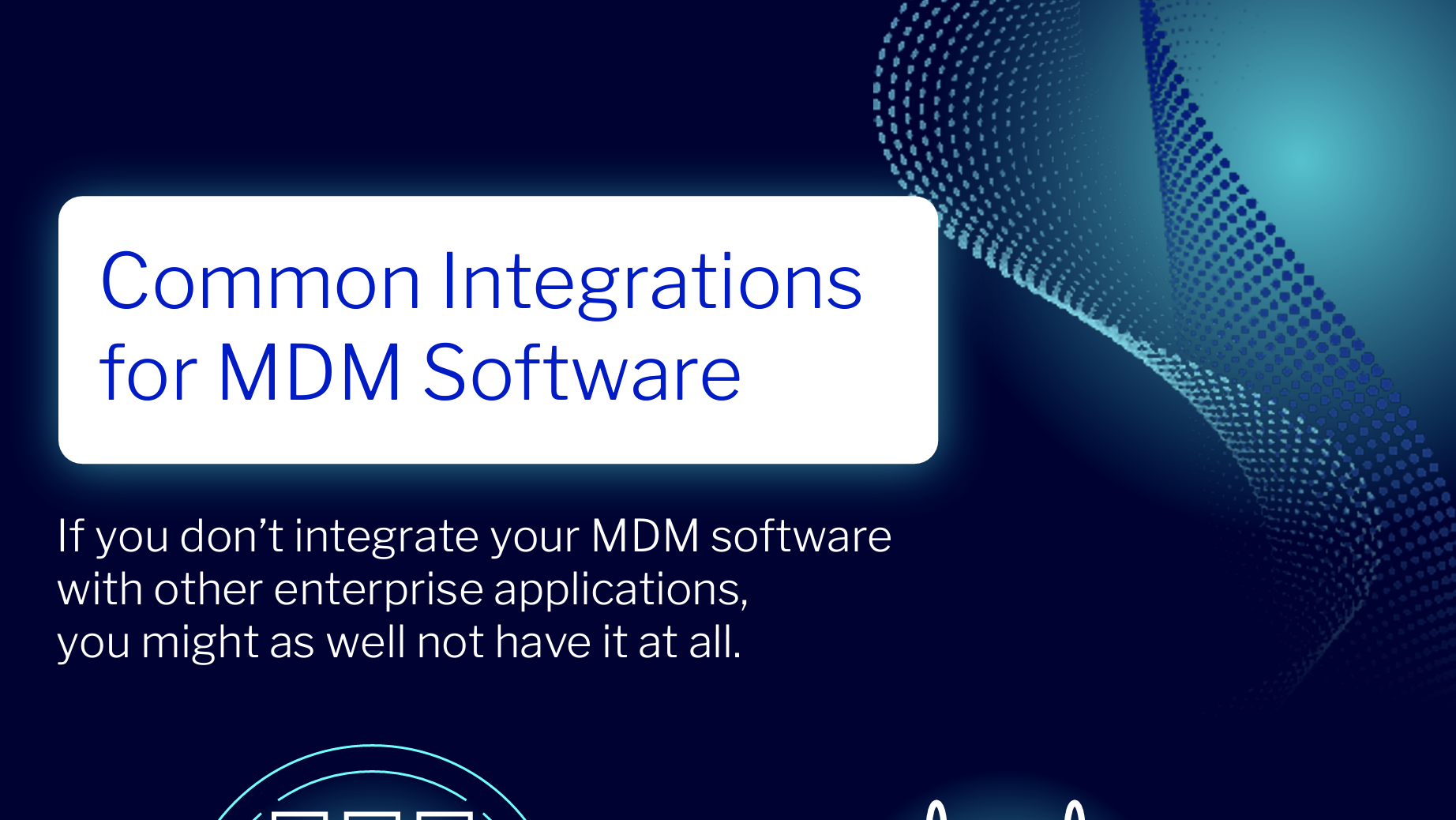Common Integrations for MDM Software

- https://www.thinkwithgoogle.com/marketing-strategies/data-and-measurement/data-strategy-technology-marketing-analytics/
- https://newsroom.planview.com/122631-new-survey-by-planview-reveals-organizationsface-increasing-challenges-in-managing-work-productivity-and-collaboration/
- https://www.thinkwithgoogle.com/marketing-strategies/data-and-measurement/business-data-and-analytics-statistics/
- https://www.gartner.com/smarterwithgartner/how-to-create-a-business-case-for-dataquality-improvement
- https://www.cleo.com/report/2019-state-ecosystem-and-application-integration
- https://nucleusresearch.com/research/single/data-accessibility-for-sales-teamsshortens-the-sales-cycle/
- https://www.mckinsey.com/industries/technology-media-and-telecommunications/our-insights/big-data-getting-a-better-read-on-performance
- Ibid.